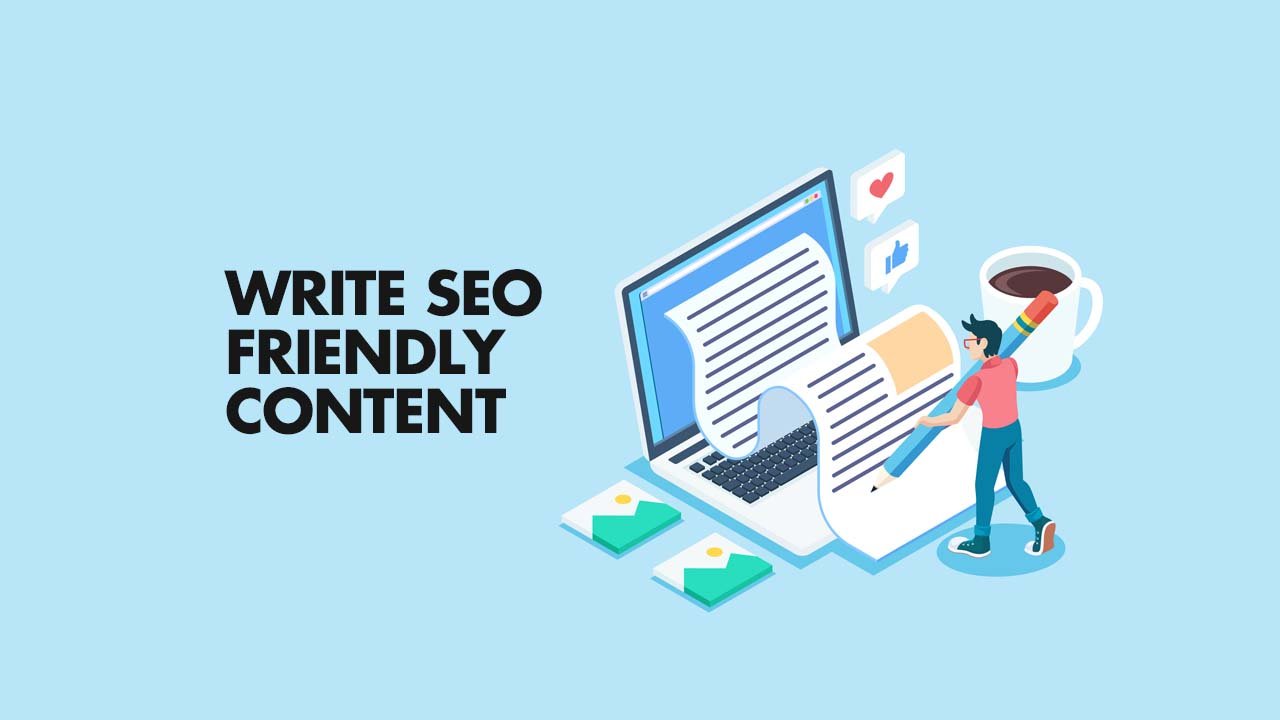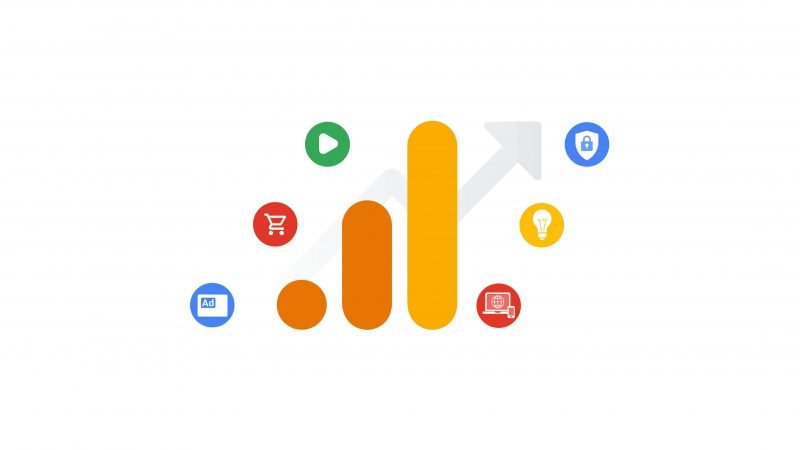Advanced SEO-Friendly Blog

In order to improve your search engine optimization efforts, you must make your blog SEO-friendly. There are a number of important SEO-friendly tips you can follow, such as optimizing Headings, Internal links, Image file size, Keyword density, and more. In addition to making your blog SEO-friendly, you should also use a proper title that includes the keyphrase. A good title should accurately describe the entire content of the blog.
Headings
Getting your headings right is easy with the right blog structure. Content is best structured in an organized way so that search engine spiders can pick up on words that are present throughout the post. Moreover, it is easier to read for readers. Ensure that the title is the main keyword, and use a subheading to help the reader figure out what the article is all about. Listed below are a few tips to help you create an advanced SEO-friendly blog.
First, a good blog post should contain an introduction, main body, and conclusion. It is recommended to create an outline first, containing the main points of the post, sub-points, and any extra links that are useful to the readers. Outlines help writers stay focused and maintain a smooth flow of content. Second, the structure of the content is important, and using headings will enhance your blog post’s ranking.
Third, the use of headings is crucial for both SEO and user-friendliness. Search Engines will pick up on the structure of your text and use headings to better understand what your content is all about. A good heading is about 55-60 characters long and is displayed in SERPS without breaks. It should be compelling enough to compel a user to click on the link. And, if you use keywords in your headings, you’ll boost your search engine rankings.
Once you have set up the proper headers for each page, you should add a few more headings to your pages. The H1 heading is like a chapter title in a book. Use a heading that introduces the section or category. Think about the title of a book, and write the same way for your blog. It’s important to use an H4 tag only when the content is long or technical.
Lastly, you should include your main keyword in the title of your article. This will not only help Google understand your article’s main topic, but will also make it easier for your readers to follow along. Use subheadings to further emphasize your focus keyphrase. Remember that you must also include your focus keyword in your main title. However, do not overdo it. You should use keyphrases to help your readers find what they are looking for.
Internal links
Internal links are the best way to pass link juice from important pages to lower-ranked ones, and a good rule of thumb is three to four per 1000-word piece of content. Building backlinks is not always easy, and there are many factors beyond your control, such as webmasters’ refusal to publish guest posts, or not responding to outreach. Even so, you can make adjustments to your internal linking strategy on a continual basis to ensure your site is generating as many organically as possible.
One of the easiest ways to improve internal linking is to add relevant content to popular posts. The most important aspect is that these links should flow naturally throughout the text, leading to content that is useful to the reader. Some tips for optimizing internal links are:
Internal links are useful to your readers. By placing them in your content, visitors will find it easier to navigate your site and engage positively. Internal links also redirect Google to a better page. Using a focus keyword as an anchor text on internal links increases the likelihood of higher SERPs. Furthermore, the internal links build backlinks for new pages, boosting the authority of these pages in Google. There are several ways to improve internal links in an advanced SEO-friendly blog.
To increase your chances of ranking well, use descriptive anchor text for internal links. Anchor text should be highly related to the topic of the source page. Make sure you use descriptive keywords in the anchor text. You can also use descriptive keywords in the anchor text. For example, if your target keyword is “ebook”, make sure you include it in your anchor text. Creating an effective internal link strategy is an essential part of optimizing a blog for SEO.
The most important benefit of internal links is the ability to group related pages and content within a website. Using internal links is important because the search engine crawls your entire website and uses them to find relevant content. Internal links also give Google an understanding of your website’s structure, which helps the search engine crawl your site. These links also help your site’s navigation and authority, which are key components of an SEO-friendly blog.
Image file size
There are a few important factors that you should consider when optimizing the image file size of your blog posts. Search engines prefer high-resolution images. In general, you should have an image file size of 1200 pixels wide by 800 pixels high. The exact size may vary depending on the content of your blog. However, you should always keep image metadata. You can do this using tools like ShortPixel, which allows you to choose different sizes for your images.
The largest factor is image file size. If your images are larger than 100KB, it will take a longer time to download and display on your site. Slow websites are negatively impacted by Google’s algorithms. Aim for a file size of 150 kilobytes for images used in your blog. Larger images will reduce the loading speed of your blog and affect your SEO rankings. For most websites, this is a reasonable image file size.
Image size is a significant factor in Google’s ranking. While it is not entirely possible to reduce the number of images on your blog, you can lighten the load on your site by optimizing the size of each individual image. Image file size optimization can be done through desktop and cloud tools. Additionally, you can integrate image optimization into your blog with plugins. Many publishing platforms will automatically create resized versions of large images.
If your images contain text, consider replacing them with web fonts. These fonts do not need to be resized along with the image, thus taking up less space and speeding up your site. Aim for 72dpi image resolution for most images. Then, if you do need to use images, you should make sure that the resolution is 72dpi. A higher resolution is better than low-resolution images.
Keyword density
When it comes to SEO, maximizing keyword density is a crucial part of your content. This method is known as keyword density optimization, and it involves determining the proper percentage of keywords on a given page. While keyword frequency is no longer as effective as it once was, it’s still important. To make sure your keywords are properly distributed, you should avoid keyword stuffing and excessive use of keyword insertion. You can use SEOBook Keyword Density Analyzer to do this. It also allows you to enter your target keywords into Google.
The general rule of thumb is to keep keyword density below 3%. However, a blog’s content should be natural and engaging to readers, so it’s not a good idea to go overboard with keyword density. You can use the keyword density tool to measure the frequency of your keywords and check how frequently they appear in your content. If your keyword density is higher than 2.9%, you are probably keyword stuffing and could end up getting penalized by Google. Using a tool such as SEObook will help you make sure your content is keyword-friendly and avoid over-dense keywords.
Once you’ve installed the tool, you can use it to analyze your content. It will tell you whether you’ve matched the keyword you’ve selected to your content with the right amount of authority and ability to rank. Once you’ve determined that you’ve achieved the optimal keyword density, you’re ready to start writing! Keep in mind, though, that over-optimization can lead to penalties from Google, so you should be careful when optimizing your content.
Don’t over-add keywords, which harm the quality of your content. Ideally, keywords should make up 2% to 5% of the text. By using these tools, you’ll be able to add keywords while maintaining the quality of your content. And while adding keywords to your content, make sure they’re used properly. Once you’ve mastered the art of keyword density, it will be much easier than you think.






